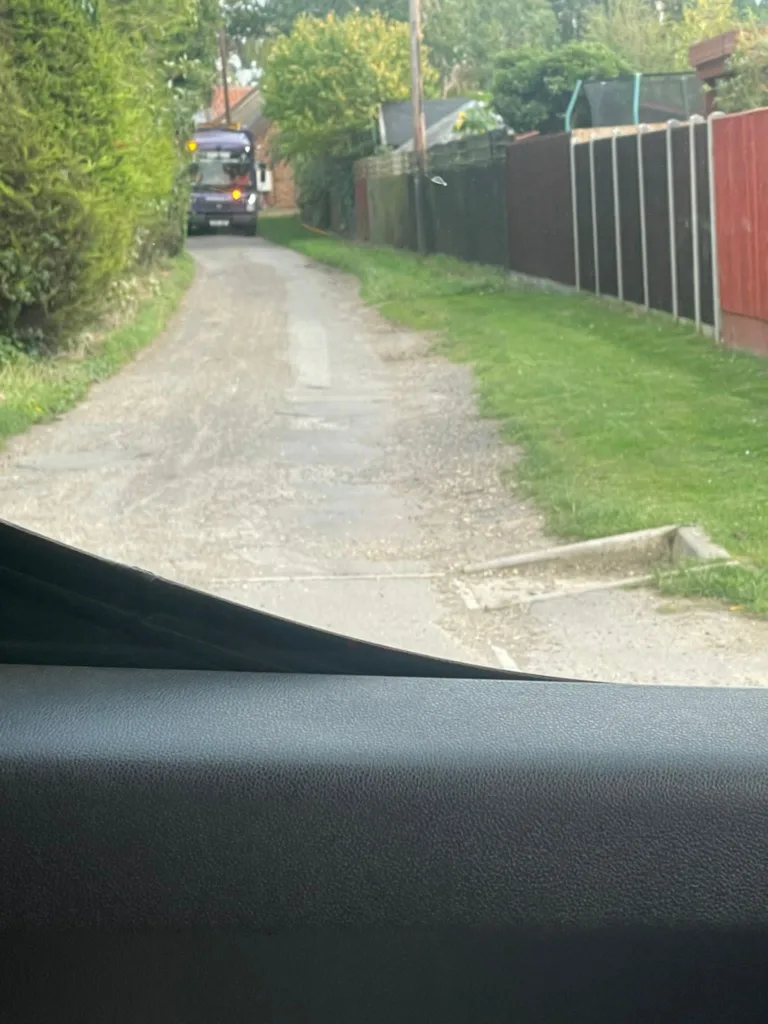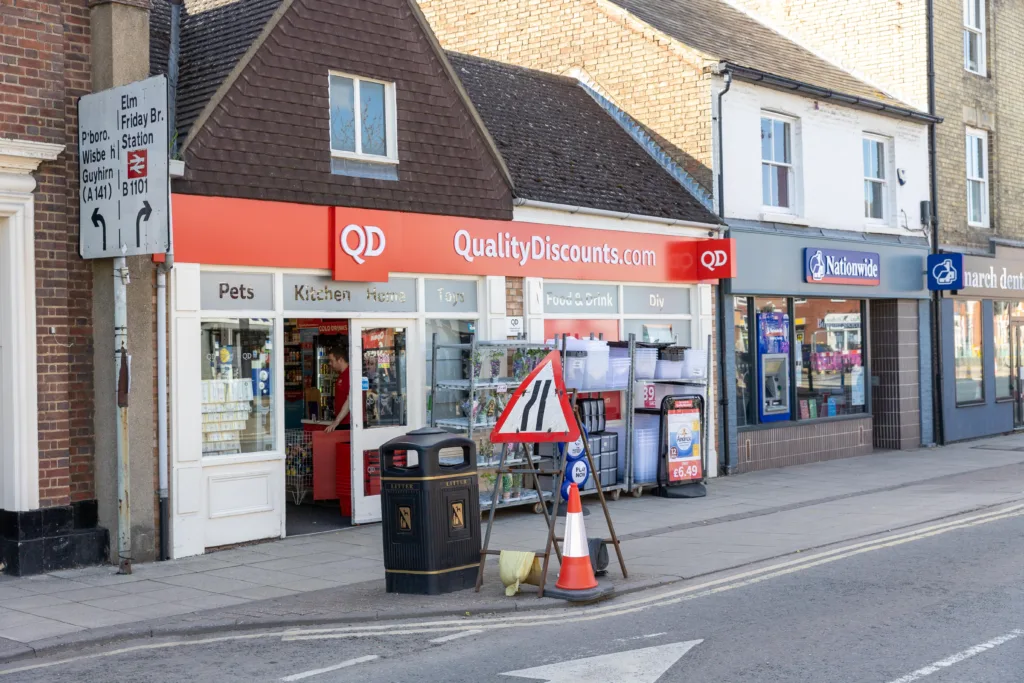It has taken a Government planning inspector to appreciate that walking and cycling is an option to get out of your front door by allowing four houses to be built on a site Fenland Council felt was inaccessible.
Local builders Messrs A & S Clarke have won an appeal against the council’s refusal to allow them to build the homes on a one-acre site in Elm near Wisbech.
Mr J Hobson of the Planning Inspectorate, in allowing the appeal, said the main issue was whether the appeal site is an appropriate location for the houses, with regard to the accessibility of the site by “sustainable transport modes”.
The site, off Atkinsons Lane, an adopted highway, is approximately 240m from its junction to the east with the B1101
“Atkinson’s Lane is narrow and has shared facilities for both pedestrians and vehicles, with grass verges either side,” said Mr Hobbs.
“This section of the lane does not accommodate street lighting; however, there is a streetlight over the parking area opposite the appeal site, facing away from the lane.
“Whilst the light is directed away from the lane, there may be some light spill onto the lane itself.”
He said: “This section of Atkinson’s Lane is only used to access a farm and equestrian facilities therefore the number of vehicular movements is low.
“Despite the characteristics of the road, due to the low traffic environment it is actively used by dog walkers and horse riders.
“The proposal would lead to the development of up to 4 dwellings.
“As the application subject to this appeal is an outline application, the size of the dwellings is unknown.
“Nonetheless, the number of vehicular journeys along Atkinson’s Lane would increase due to the movements of future residents and services, such as delivery drivers, accessing the properties.
“Regardless, the number of vehicular journeys would still be low given the modest scale of the proposed development.
“It would therefore not lead to the loss of the low traffic environment which encourages walkers, cyclists, and horse riders.”
He added: “Vehicles and people accessing the site along Atkinson’s Lane, would be able to join the road at its junction with Cedar Way which is only a short distance from the appeal site.
“Cedar Way has a footpath and street lighting, and the walk to the centre of the village is short and across relatively flat ground.
“These characteristics would encourage people to use sustainable transport modes, walking and cycling, to access facilities and services in the village.
“Also, as Cedar Way is only a short distance from the appeal site, the chances of conflict between vehicles and other road users is significantly reduced.
“Consequently, the appeal site is an appropriate location for the proposed development having regard to the accessibility of the site by sustainable transport modes.”
Elm parish council had argued that Atkinsons Lane regularly floods “due to surface water running off the development currently under construction on the south side of the Lane.
“Further development in the area would increase the risk of flooding for existing neighbouring properties.
“The proposed site is agricultural farmland, if development were approved it would set a precedent and could lead to further applications being submitted on adjacent land.
“Atkinsons Lane is a single lane track; it is totally unsuitable for use as an access route to the proposed site.”
The developers promised that the shared access road had been designed so that Fenland Council refuse lorries can enter/turn within the site for collection of bins from the four new homes.
They argued the site would be “a logical infill”.
Fenland Council planning committee agreed with officers that the housing should be refused.
A report to the committee noted that “whilst strong representations have been received both objecting to and supporting the development, it is considered that on balance, any further residential development served off Atkinsons Lane would fail to accord with the principles of sustainable development”.
Planning officers argued that “the proposal would make a limited contribution to local housing need and the occupiers of the proposed new dwellings would be reliant upon the private motor car to access local facilities and services with the associated lack of appropriate infrastructure”.
The developers had claimed that although Atkinsons Lane is narrow being between 2.4m and 2.8m in width “it has adequate width to accommodate refuse lorries, with the layout and access design within the site providing a turning space to allow the refuse vehicle to safely turn and this is accepted by the council’s environmental services officers”.

The site backs onto new residential development at The Oaks to the east, existing residential development fronting Begdale Road to the north, and a complex of farm buildings to the south.
Although the county council and environmental services raised no objection, the planning committee felt it should still be refused “on the principles of enabling sustainable forms of development”.
The appeal heard that all four homes are to be self-build, with the plots sold off separately.
The inspector said: “There is no substantive evidence that the appellant desires to develop the rest of the field and all future proposals would be assessed on their own planning merit.
“This decision is without prejudice to any future applications on adjoining land.”
He also noted: “The nature of the road would limit the speed of moving vehicles, also the chance of conflict is low considering vehicles could access Cedar Way and The Oaks and therefore would only have to use a short section of Atkinson’s Lane.
“Vehicles would therefore be able to manoeuvre safely along the road.
“Moreover, the council do not consider that the proposed development would lead to any highway safety concerns.”
He said: “There is no substantive evidence before me that the appeal site or Atkinson’s Lane floods.
“The proposed development should not increase flooding elsewhere including properties which are sited on lower ground.”
“The issue of the effect of the proposed development on property values has also been raised.
“It is a well-founded principle that the planning system does not exist to protect private interests such as value of land or property.”
A condition requiring the on-site parking and turning area to be laid out prior to first occupation was necessary, said the inspector, “to ensure that appropriate servicing facilities are provided and in the interest of highway safety”.

























